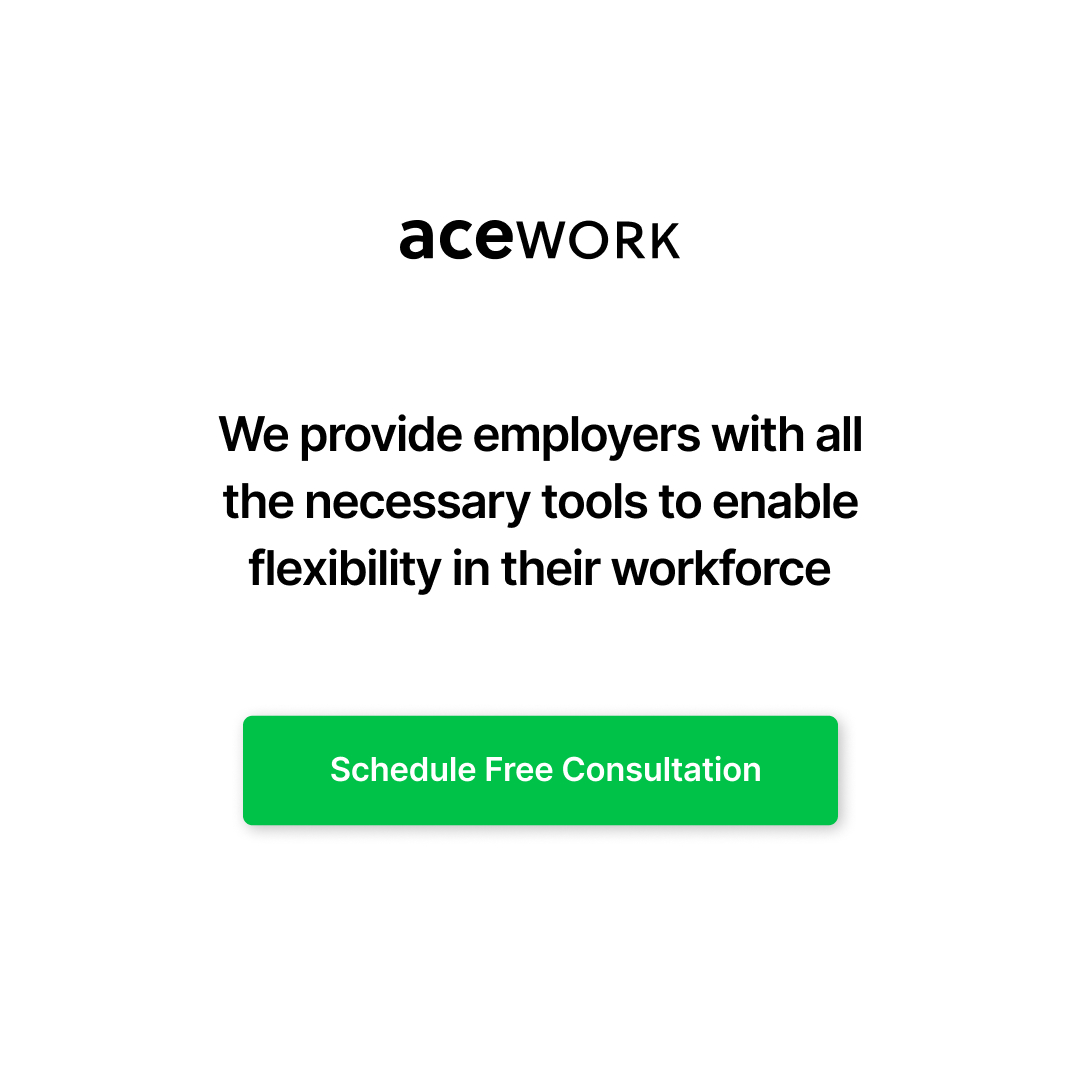How you treat your employees during these uncertain times speaks highly of your company culture and the company leadership. With uncertainty, fear and additional challenges in everyone’s life, it becomes harder for employees to bring their best self to work every day. However, these times call for employees at all levels to be even more compassionate, adaptable, resilient, and collaborative. The key question is you maintain or even improve employee motivation and engagement, despite the challenges and while many still work from home. We have gathered 5 short tips to directly improve employee motivation remotely.
For more insight, watch our recent webinar on employee engagement here.
The good news is that companies around the globe have adopted new and innovative ways to maintain and consistently build employee morale at a distance. Companies providing lasting support to their employees will eventually see an increase in engagement, productivity, and loyalty. Physical health, mental well-being, financial stability, and job security are serious concerns for employees. Companies must do their best to address them with honesty and openness.
Here are just some of the best practices that help companies to boost employee motivation and let them bring their best to work every day.
1. Provide health benefits if you don’t already
Financial worries and fear for their own health and that of relatives can be a powerful blocker for your employees to stay motivated and engaged at work. Since comprehensive health care is not mandatory in all countries, consider adding health care plans or improve the existing ones of your workforce to reduce uncertainty. A leading digital financial services company, Ally Financial currently provides additional employee benefits. They cover all employees making $100,000 or less in annual base compensation. These employees receive a $1,200 tax-free financial assistance payment to help cover unexpected costs related to working from home. In addition, this includes 100% coverage for diagnostic testing and the associated doctor’s visit related to COVID-19. They also offer immediate paid medical leave for any employee diagnosed with COVID-19. Finally, the have organised expanded childcare support for those who need it, and support elder care arrangements as well.
2. Communicate openly with employees
With the situation evolving week by week, leaders, managers, and team leads must clearly and consistently communicate with their teams to address any concerns. For example, hold regular town halls in which you layout your most up to date response plan. This will bring clarity to your employees and support their mental well-being. Transparency builds trust, so spend some extra time to inform employees about new remote work policies, or changes in processes such as payroll or disbursements for travel.
??? Successful Remote Leadership. Download Free Step-by-Step Guide???
3. Set up new Slack channels
Many companies have recently adapted Slack, while others have used it for a long time already. Either way, now is the time to revisit your channel strategy on whichever messenger you use. Many employees are turning to collaborative Slack channels to connect about new, sometimes personal topics. Channel names that speak for themselves have found their way at many companies. Examples are: #ParentSanity, #DearDiary, #Workingfromhome, #Productivity-at-home, #all-us-kids-at-home, #self-care-at-home.
4. Prioritize mental health

Companies like Salesforce and Transferwise are prioritizing mental health of their employees. Salesforce has begun offering employees access to Thriving Mind. It is a series of articles and webinars on emotional health created in partnership with Stanford Medical and Thrive Global. In addition, the company launched a live webinar series called B-Well Together with figures like Arianna Huffington and Deepak Chopra. It also implemented a daily well-being survey to track employees’ mental health, as well as provides access to Plum Village’s Zen Meditation app.
Global technology company TransferWise offers its 2,000 employees counseling sessions with mental health professionals through its EAP (Employee Assistance Program).
If you haven’t already, think about your PTO planning for the year to avoid people holding off on vacations. Aside from avoiding a rush on holiday requests for later in the year, you also want your employees to take days off now to re-energize and re-charge. Even without travel, PTO is a key component to keep employees motivation and engagement high.
5. Support creative new ways of working

Companies should encourage their workers to find time to have virtual coffees, lunches, or even happy hours with their colleagues. Leaders could continue to mark birthdays or other milestones with video conference calls and virtual celebrations. For example, if this seems to fit your culture, introduce group games such as Quiz Breaker, Water Cooler Trivia or Wonder Polls. Employees can play together for some downtime, which helps build team camaraderie and boosts employee motivation.
Unfortunately, if you’re a company that needs to take the hard step of letting employees go, it is crucial to create a plan. Follow guidelines, and treat leaving employees with respect. By seeing their former colleagues leave in the best possible way, your remaining workforce benefits as well. Finally, remember that employee motivation and engagement comes easily when your employees feel secure and confident in their roles and in your company.

At acework, we enable businesses to build their successful distributed workforce. We support you with tailored remote work programs and remote talent for your open positions. Our advisory creates actionable strategies for companies based on their culture, processes, and business needs. Schedule a free strategy session to start building your high performing distributed team.
If you’re looking to hire top vetted remote talent, Register your company and start hiring here.







